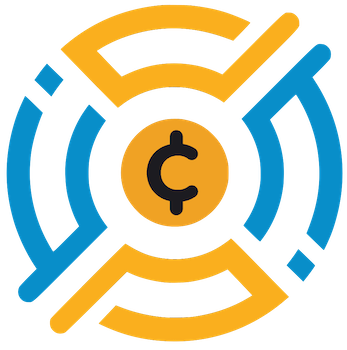In the evolving landscape of blockchain technology, Somnia has emerged as a game changer with its cutting-edge Layer-1 blockchain architecture specifically designed to optimize performance for decentralized applications (dApps). Recent test results from Somnia’s Devnet have shown astonishing metrics that suggest a paradigm shift in what’s possible with blockchain technology, thereby redefining expectations for developers and users alike.
One of the major highlights from Somnia’s Devnet trials is its capacity to handle an incredible 1.05 million ERC-20 token transfers per second (TPS). This remarkable throughput positions Somnia as one of the fastest blockchain solutions available. When evaluated under conditions simulating real-world scenarios, the network not only demonstrated its speed but also its reliability. For instance, the ability to mint 300,000 NFTs every second is particularly noteworthy; it showcases the potential for creating scalable digital ecosystems where users can engage with a plethora of digital collectibles without latency issues.
Additionally, Somnia’s efficiency was evidenced by an impressive capability to conduct 50,000 trades per second on Uniswap, a decentralized exchange protocol. Such high volumes of transaction processes reflect the platform’s readiness for high-traffic applications, indicating that it can manage substantial surges in activity without degrading performance. This level of responsiveness is critical for applications in finance and gaming, where delays can lead to significant user dissatisfaction and economic loss.
At the heart of Somnia’s exceptional performance is a sophisticated architecture designed by the innovative team at Improbable. Utilizing a custom Ethereum Virtual Machine (EVM) compiler, Somnia has fine-tuned its transaction processing systems to achieve remarkable speeds. The blockchain also employs advanced compression techniques and a specialized database dubbed IceDB, which offers speeds between 15 and 100 nanoseconds for read-and-write operations. Such rapid processing capabilities are pivotal for keeping transaction costs extremely low, often below a single cent, thus making high-frequency trading and microtransactions viable.
Moreover, the network was tested across 100 nodes situated in diverse locations, operating on high-performance hardware configurations featuring 32 virtual CPUs and 120GB of RAM each. These technical specifications ensure that network delays were consistently minimal, averaging 900 milliseconds. The various tests conducted confirmed that Somnia can process around 50 “Gigagas” per second, a unit measuring data transaction efficiency. This multi-faceted approach to system architecture sets a new standard for scalability and responsiveness in the blockchain industry, which is often plagued by slower alternatives.
The significance of Somnia’s impressive Devnet results extends beyond mere statistics; they reveal a pathway to a future where developers can confidently build complex dApps without the fear of performance bottlenecks. Paul Thomas, the Founder and CEO, accurately captures this sentiment by stating that these results stem from technology aimed at supporting high-performance applications while remaining cost-effective.
As Somnia prepares to launch a public testnet, it opens the door for developers and community members to validate these findings in a larger context. Early adopters are expected to engage with a variety of applications, including gaming platforms and social networks, showcasing the versatility and endurance of the network in real-world applications.
Looking forward, Somnia plans to continue refining its core technology further, with a focus on enhancing performance and affordability. This commitment aims to catalyze innovation in the Web3 space, thereby encouraging the development of on-chain experiences that were previously unimaginable due to constraints of speed and cost. If the outcomes from the Devnet are indicative of the future, Somnia appears poised to set a new benchmark for blockchain innovation, establishing a thrilling new chapter in decentralized technology.
















Leave a Reply